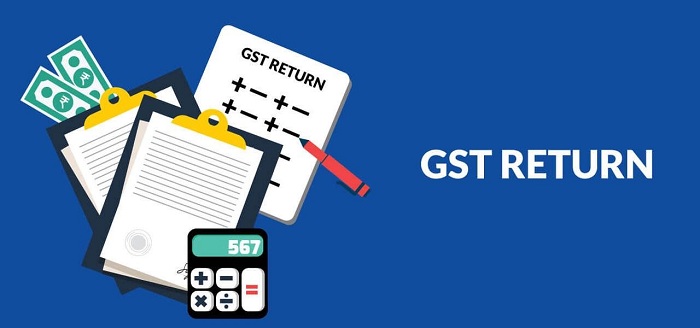There are numerous activities that are part of the GST Returns procedure. These are some of them:
- Electronically filing several sorts of GST returns
- Uploading invoice-specific information
- Details about input tax credits are auto-populated from returns filed by suppliers to returns filed by receivers.
- Information from invoices is matched
- In the event that the invoice information does not match, the ITC is automatically reversed.
Taxpayers who have registered for GST must follow the return procedure in order to file returns quickly and take advantage of the Input Tax Credit (ITC). A normal taxpayer must file two monthly returns and one annual return under GST. Special category taxpayers registered under GST, on the other hand, must file separate returns. These are some of the taxpayers:
- Non-residents of The Us who pay taxes in the U.S
- Those who have signed for the Composition Program..
- Persons allotted with Unique Identification Number (UIN)
- Distributors of Input Services
- Those who are obligated to deduct TDS or collect TCS as part of the GST system
What is the GST Return?
Every calendar month, every GST-paying registered person must submit an electronic return. A “Tax Return” is a document that details a registered taxpayer’s earnings. In order to pay taxes to the government, such a document must be filed with the tax authorities. The amount of tax owed by a registered dealer is determined by the amount of income indicated in the tax return filed with the authorities.
What Are The Different Types Of GST Returns?
GSTR – 1: Return for Outward Supplies
GSTR-1 is a monthly GST return of outbound supplies filed by a regular registered taxpayer. In other words, this monthly return displays a company’s sales transactions for a given month.
GSTR – 2: Return for Inward Supplies
GSTR-2 is a monthly return of inbound supplies of goods and services as agreed by the goods and services receiver. In other words, GSTR-2 comprises information about the recipient’s purchases for a specific month. The information in GSTR-2 is automatically filled in with the details from GSTR-2A.
GSTR – 2A: Document for Read-Only Use
The GSTR-2A is a read-only file. When the supplier files the details in GSTR-1, this document is auto-populated. To put it another way, GSTR-2A allows the recipient to double-check the information provided by the supplier in GSTR 1. Using the same information, the recipient can also accept, reject, change, or keep the bills pending. In GSTR 2, however, such changes are made by the recipient.
GSTR – 3B: Inward and Outward Supplies Summary
GSTR 3B is a monthly summary return of inward and outbound supplies that is simplified. It’s a self-declaration that shows the taxpayer’s GST liabilities for the tax period in question. Furthermore, it aids the taxpayer in the timely discharge of tax bills.
GSTR-3B is a one-time use form that cannot be changed. Furthermore, this form does not necessitate the comparison of invoices between the supplier and the buyer. As a result, the GSTR-3B form is filed individually by both the suppliers and the beneficiaries. As a result, such a facility prevents delays in filing returns, which would otherwise result in late fines and interest.
GSTR – 4: Composition Dealers’ Return
A registered taxpayer who has engaged in the Composition Scheme must file GSTR-4 each quarter. Small taxpayers with a turnover of up to Rs 1.5 crores must pay a fixed rate of tax and file a quarterly return under this system. In contrast, a typical registered dealer files three returns each month: GSTR-1, GSTR-2, and GSTR-3B.
GSTR – 5: Return For Non-Resident Taxable Persons
Every non-resident taxable individual must file a monthly return known as GSTR-5. This return contains information about:
- incoming supplies
- supplies from outside the country
- any costs, penalties, or interest
- tax owed, tax remitted, or tax remitted
- any other money due as a result of the act
Furthermore, a non-resident taxable person must file only this return. This means that a taxable person who is not a resident of the United States is not required to file an annual return.
GSTR – 6: Input Service Distributors Return
Every calendar month, an Input Service Distributor submits GSTR 6, which is a monthly return. This return lists all of the invoices for which credit has been granted and which have been issued by an ISD. This means that it summarizes the entire input tax credit available for distribution in a given month. As a result, every credit recipient has access to the data of the invoices that an ISD provides in form GSTR 6. The recipient can see these facts in part B of form GSTR 2A.

